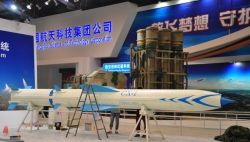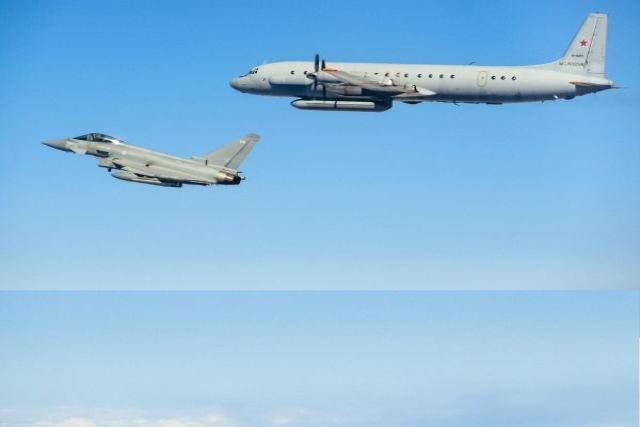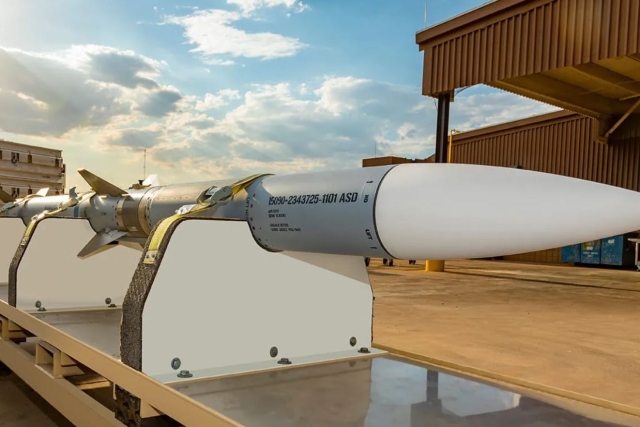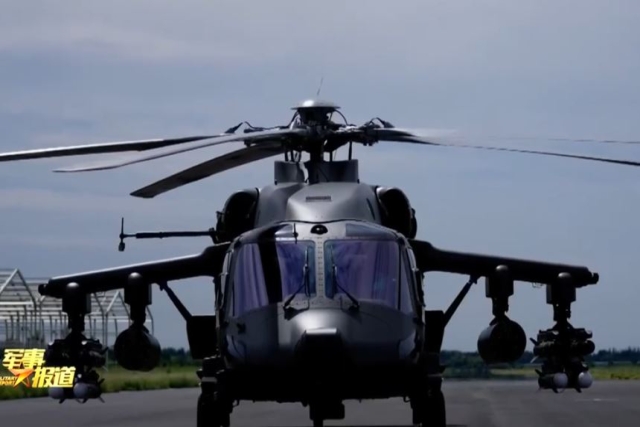Russia Denies Providing BrahMos Technology To China

Russia has rubbished claims that it gave China the BrahMos missile technology which it jointly developed with India after Beijing unveiled the new CX-1 supersonic anti-ship cruise missile (ASCM) at the Zhuhai Airshow 2014.
Developed by China Aerospace Science and Technology Corporation (CASC), the missile resembles design features similar to Russian-Indian BrahMos or Russian P-800 Oniks (Yakhont) cruise missile and has a range between 50 km and 280 km.
NPO Mashinostroyenia (NPOM), India’s Defense Research and Development Organization (DRDO) partner in BrahMos Aerospace, today said that reports claiming it gave China BrahMos technology in order to develop its CX-1 missile are completely inaccurate.
“NPOM believes that neither the BrahMos supersonic cruise missiles nor the Yakhont missiles manufactured in Russia have anything in common with the Chinese missiles except for some external characteristics,” a high-ranking Russian military source close to the Russian rocket design bureau was quoted as saying by the Russia and India Reporter (RIR).
“Judging by the photos, indeed, the missiles are observed as having a similar external shape,” he said. “In addition, several media sources have reported that the missiles have a similar maximum speed and flying range. However, these characteristics cannot be used to make a judgment about the rocket. There are many other indicators,” the source added.
The source denied the reports by saying that “the transfer of Russian technology to China, similar to BrahMos and Yakhont” took place. “There are many copies of the iPhone released, including those with an apple logo on its frame. It is easy to measure everything accurately with a ruler and copy it. It is difficult to replicate what's inside,” he explained.
After examining the information available about the CX-1, an Indian military source close to the BrahMos Aerospace was quoted by the website as saying, “The BrahMos missile has a significantly smaller front. Its air intake is very different. The BrahMos has a much smaller one. Judging by the photos, the missile also has a different engine – not the Ramlet Engine, installed in the BrahMos.”
He also said that when China purchased Project 956E and Project 956EM armed destroyers from the USSR, it received the ASM Moskit missile, which has a range of up to 120 kilometres. The development of the missile began in 1973 in the MKB Raduga bureau in Dubna. In 2000, Russia supplied more Moskits to China as part of the 956E armed destroyers project.
“Perhaps, the CX-1 was produced by China using an analogue of the Moskit with modifications,” he added.











